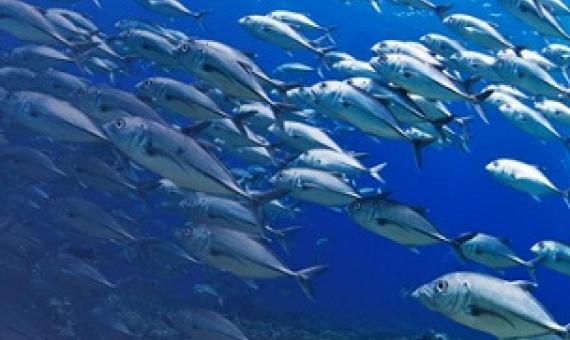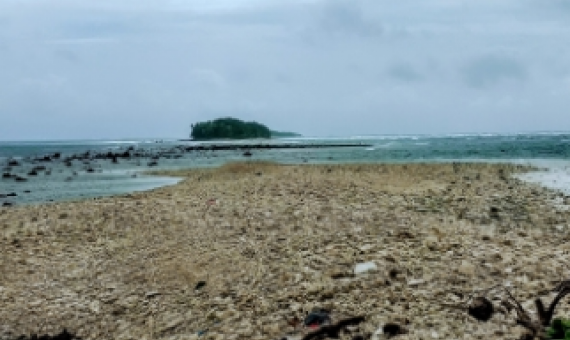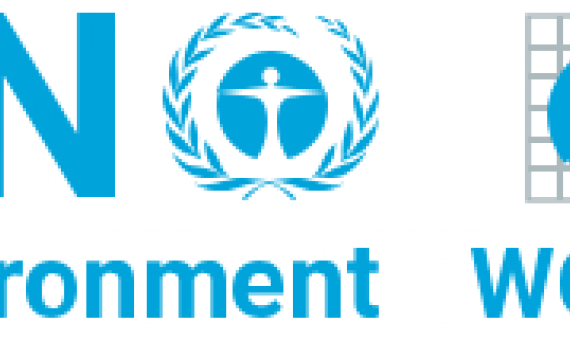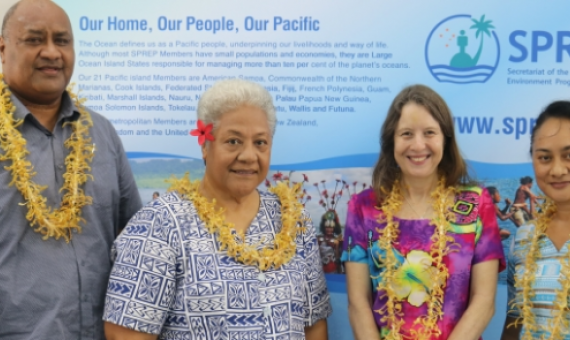Lessons learnt in global biodiversity governance
INEA has featured many articles covering the dilemmas, puzzles, and tensions related to global biodiversity governance; this coverage was infrequent in earlier issues but has steadily increased as both environmental diplomacy and international law on biodiversity conservation and environmental justice have expanded. Using the defnition found in the Convention on Biological Diversity, we scanned INEA articles and derived several lessons learnt over the 2000–2020 period.











